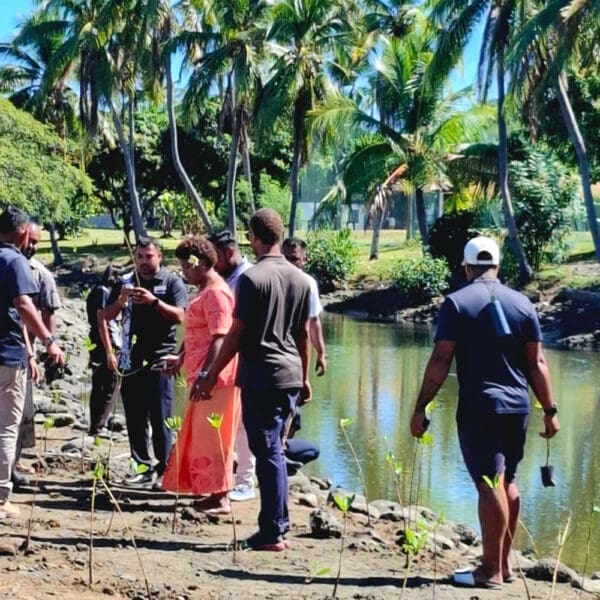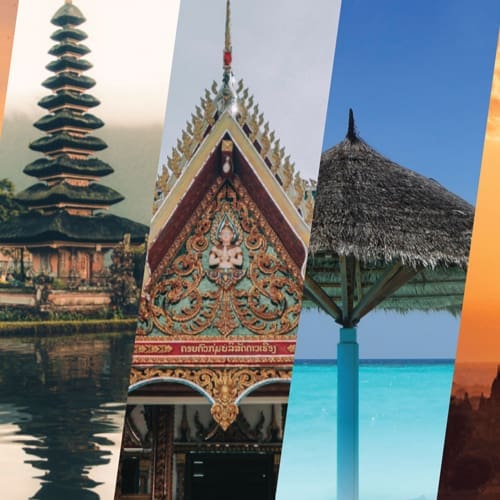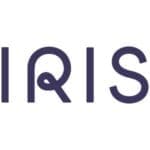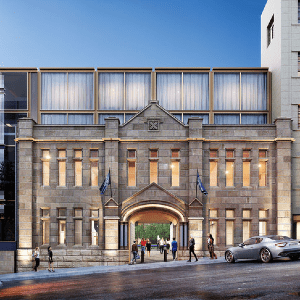 With the world-famous manta destination of Hanifaru Bay on its doorstep, Amilla Maldives Resort wanted to do more to help protect these magnificent creatures.
With the world-famous manta destination of Hanifaru Bay on its doorstep, Amilla Maldives Resort wanted to do more to help protect these magnificent creatures.
So Amilla Maldives has teamed up with the Manta Trust, an NGO dedicated to protecting manta rays and the marine ecosystems they inhabit. Now, as a Manta Trust Responsible Operator hotel partner, Amilla is officially committed to minimising the impact its guests have on the mantas and mobula rays they encounter.
Manta Season runs from April to November in Baa Atoll, Maldives. Peak time is July, and when the lunar, tidal and weather conditions are perfect something magical happens in the atoll’s horseshoe-shaped Hanifaru Bay. Some of the largest aggregations of mantas in the world gather in the bay to gorge upon zooplankton trapped there. This manta ‘feeding frenzy’ is a remarkable phenomenon and the subject of much scientific interest. It’s only 15 minutes away from Amilla Resort by speedboat.
As part of the Baa Atoll UNESCO World Biosphere Reserve, access to Hanifaru Bay is monitored and there’s a ticket system to limit the number of visitors itching to swim with the wild mantas there. But sadly, not every tour operator considers the well being of the manta rays, and not every guest is informed of how to behave around these gentle giants.
Since Amilla’s H.U.B Water sports Centre runs trips for guests to Hanifaru Bay during Manta Season, as well as multiple manta cleaning stations in the area, the Amilla Islanders decided to play their part in helping to ensure the protection of the mantas by teaming up with the Manta Trust’s Maldivian Manta Ray Project and signing its Responsible Operator Agreement.
This ensures Amilla’s guests are educated on sustainable manta tourism using the project’s Swim With Mantas resources (including manta encounter guidelines) before they encounter them. Manta encounter guidelines include staying at least 3m (10ft) away from the mantas and not touching them (as your touch can damage the delicate membrane covering their skin).
The Maldives has the world’s largest known population of reef mantas – around 5,000 individuals. Manta ray tourism in the Maldives generates an estimated US $8.1 million per year in direct revenue.


















